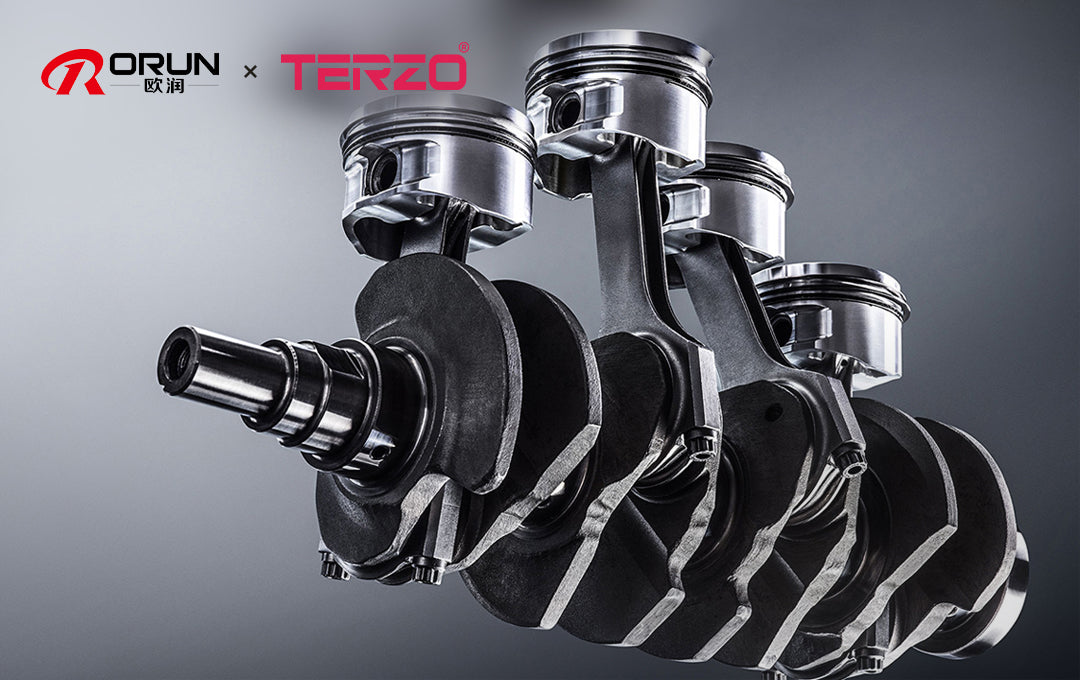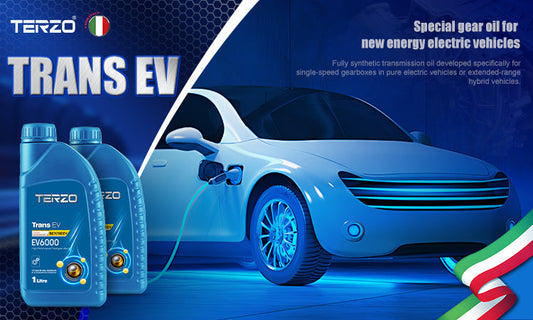
Which engine oil is better, 5w30 or 5w40?
Engine oil is known as the "lifeblood" of a car, and its selection directly impacts the lifespan and performance of the engine. Faced with two common types of engine oil on the market—5W30 and 5W40—many car owners are confused: which one is better? In fact, there is no absolute answer; it depends on the vehicle’s characteristics, usage environment, and driving habits. This article will comprehensively analyze the logic behind choosing between the two, covering the meaning of oil specifications, performance differences, and applicable scenarios.
I. What Do the Oil Specifications 5W30 and 5W40 Mean?
The "5W" and "30/40" in oil specifications correspond to low-temperature fluidity and high-temperature viscosity performance, respectively.
- Number before "W" (e.g., 5W): Represents low-temperature fluidity. The smaller the number, the better the low-temperature starting performance. For example, 5W indicates that the oil remains fluid even at -30°C (a common testing standard), making it suitable for winter use in most regions.
- Number after "W" (e.g., 30/40): Represents the kinematic viscosity at 100°C. The larger the number, the thicker the oil film at high temperatures, providing stronger engine protection. For instance, 5W40 has higher high-temperature viscosity than 5W30, making it more suitable for high-temperature or high-load operating conditions.
II. Core Differences Between 5W30 and 5W40
1. High-Temperature Protection: 5W40 Has the Edge
- 5W40: Forms a more stable oil film under high temperatures, effectively reducing engine wear. It is particularly recommended for turbocharged vehicles or high-power engines. For example, German brands (e.g., Mercedes-Benz, Audi) often specify 5W40 due to their engines’ larger design clearances.
- 5W30: Has lower viscosity, so its oil film may thin under prolonged high loads (e.g., long-distance driving or aggressive driving), offering relatively weaker protection in such scenarios.
2. Fuel Economy: 5W30 Saves More Fuel
- 5W30: With better fluidity, it reduces engine operational resistance, lowering fuel consumption by approximately 2-3%. It is ideal for cost-conscious drivers.
- 5W40: Higher viscosity increases internal engine friction, slightly raising fuel consumption. However, it improves sealing performance in older engines, reducing oil burning.
3. Applicable Vehicles and Conditions
- New or precision engines: Found in Japanese, Korean, and American models (e.g., Cadillac, Chevrolet) with tight component clearances, 5W30 dissipates heat faster and reduces noise.
-
Older or high-mileage vehicles: With worn engines and enlarged clearances, 5W40’s higher viscosity fills gaps better, minimizing noise and oil consumption.

III. How to Choose? Four Key Factors
1. Vehicle Manufacturer Recommendations
Always refer to the owner’s manual first. For example, Volkswagen’s EA888 engine explicitly requires 5W40, while Toyota’s naturally aspirated engines often recommend 5W30.
2. Driving Environment and Road Conditions
- High-temperature regions or long-distance highways: 5W40’s superior high-temperature stability prevents oil film rupture and wear.
- Urban congested traffic: Frequent stops generate more carbon deposits; 5W30’s better fluidity and heat dissipation make it more suitable.
3. Vehicle Age and Engine Condition
- New vehicles (within 5 years): Prioritize low-viscosity oil (5W30) for balanced fuel efficiency and heat dissipation.
- Older vehicles (over 8 years): Opt for high-viscosity oil (5W40) to enhance sealing and anti-wear performance.
4. Oil Type and Replacement Cycle
- Full synthetic oil: Both 5W30 and 5W40 are available in full synthetic versions, but 5W40 has stronger oxidation resistance, extending the replacement interval to over 10,000 km.
-
Mineral or semi-synthetic oil: Requires shorter replacement intervals, especially 5W30, which degrades faster under high temperatures.

IV. Common Myths and Clarifications
Myth 1: "Higher viscosity oil is always better."
Truth: Blindly choosing high-viscosity oil may increase fuel consumption or even block oil passages in precision engines. For example, using 5W40 in Japanese cars may reduce power output.
Myth 2: "A single oil grade fits one vehicle model forever."
Truth: Adjust based on seasons and conditions. For instance, prioritize 5W30 in cold winter regions, but switch to 5W40 for summer long-distance driving.
Myth 3: "Full synthetic oil must pair with high viscosity."
Truth: Full synthetic oil’s performance advantage lies in its base oil and additives, not viscosity. Low-viscosity full synthetic oils (e.g., 5W30) still provide excellent protection.
V. Conclusion: There’s No "Best," Only "Most Suitable"
5W30 and 5W40 each have pros and cons. Selection should consider the vehicle’s needs, environment, and usage habits:
- Recommended for 5W30: New vehicles, urban commuting, fuel efficiency prioritization, Japanese/Korean/American models.
-
Recommended for 5W40: Older vehicles, turbocharged engines, high-temperature/long-distance driving, German models.

Ultimately, following the manufacturer’s recommendations and maintaining regular maintenance are key to extending engine life. For further questions, feel free to contact us directly.





2 comments
i have Toyota Vios 2014 model what is suitable for synthetic oil
I have a 2022 Ford Maverick and live in Florida. I have 22,000 miles on my vehicle with a 2.0 Ecoboost Turbo and I have been using Advanced Fully Synthetic 5-W30 with a GF-6A Spec. I want to know if I use a 5-W40 Advanced Fully Synthetic oil with a A3/B4 European Spec because of the Hot weather and the fact that I have a Turbo will it damage my engine because it is a thicker oil, or is it safe to use on the Ford Ecoboost Engine with the tollerences. Thank You.